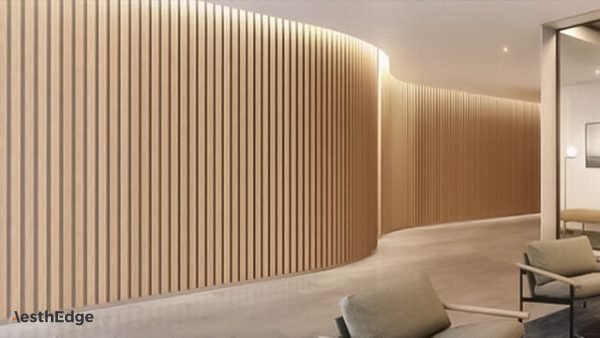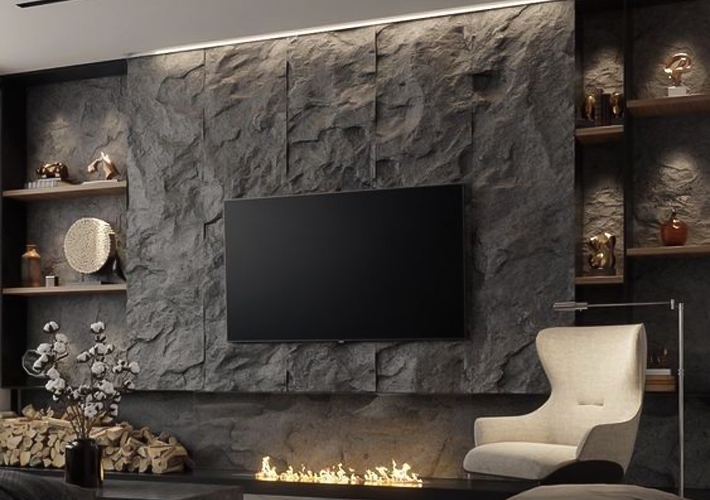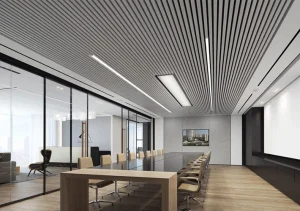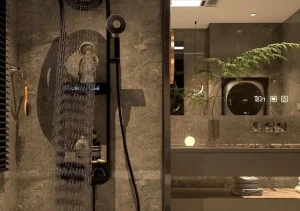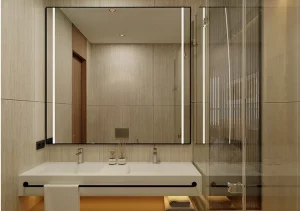Table of Contents
ToggleIntroduction
Faux stone panels have become a popular choice for both residential and commercial applications, offering an aesthetically pleasing alternative to traditional stone while often being more cost-effective and easier to install. As the market evolves, understanding the price trends of these panels can provide valuable insights for manufacturers, suppliers, and consumers alike. This article delves into the price trends of 4 x 8 faux stone panels over the past five years, exploring the various factors that have influenced these changes and offering projections for the future.
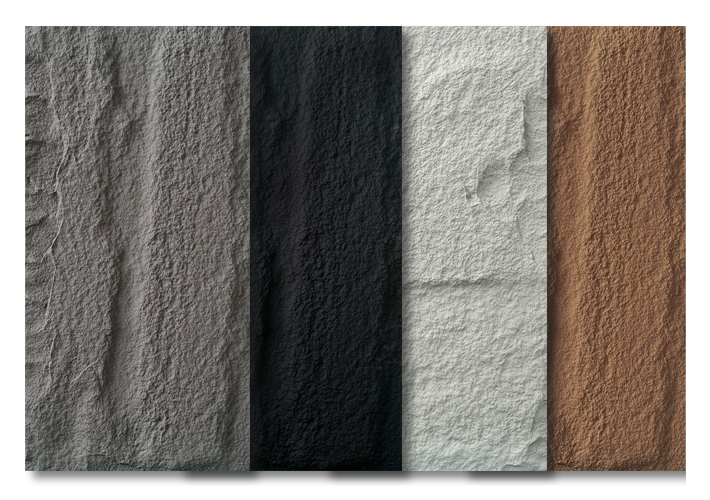
Overview of Faux Stone Panels
Faux stone panels are designed to replicate the look of natural stone while being made from synthetic materials such as polyurethane or polystyrene. These panels are lightweight, easy to install, and available in a wide range of styles, making them suitable for various applications, including exterior siding, interior feature walls, and landscaping.
Factors Influencing Prices
Several factors contribute to the pricing of faux stone panels:
- Raw Material Costs: The cost of the materials used to manufacture faux stone panels can fluctuate significantly. Over the past five years, prices for petroleum-based products have seen notable changes due to global market dynamics.
- Production Costs: Labor costs, manufacturing processes, and technological advancements also play a role in determining the final price of faux stone panels. Increased automation and efficiency in production may help mitigate some cost increases.
- Market Demand: The demand for faux stone panels has been influenced by trends in construction and renovation. A surge in home improvement projects, especially during the pandemic, has driven up demand and, consequently, prices.
- Geopolitical Factors: Trade policies and tariffs, particularly those affecting raw materials, can significantly impact pricing. For instance, tariffs on imported goods can lead to higher prices domestically.
- Environmental Regulations: As sustainability becomes a priority in the construction industry, manufacturers may face increased costs related to compliance with environmental regulations. This shift can affect the pricing of faux stone panels.
Historical Price Data (2019-2024)
- 2019: The average price of 4 x 8 faux stone panels was approximately $30 to $40 per panel, with steady demand from the construction sector.
- 2020: The COVID-19 pandemic disrupted supply chains, leading to shortages. Prices increased to an average of $40 to $55 per panel as manufacturers struggled to meet demand.
- 2021: As economies reopened and demand surged, prices rose further to around $55 to $70 per panel. Material shortages continued to impact production costs.
- 2022: With ongoing inflation and raw material constraints, prices peaked at approximately $70 to $85 per panel. Consumers faced delays and higher costs for their projects.
- 2023: The market began to stabilize, with average prices decreasing to around $60 to $75 per panel as supply chains gradually improved.
- 2024: Currently, the average price of 4 x 8 faux stone panels is approximately $55 to $70 per panel, reflecting ongoing market adjustments and improved supply conditions.
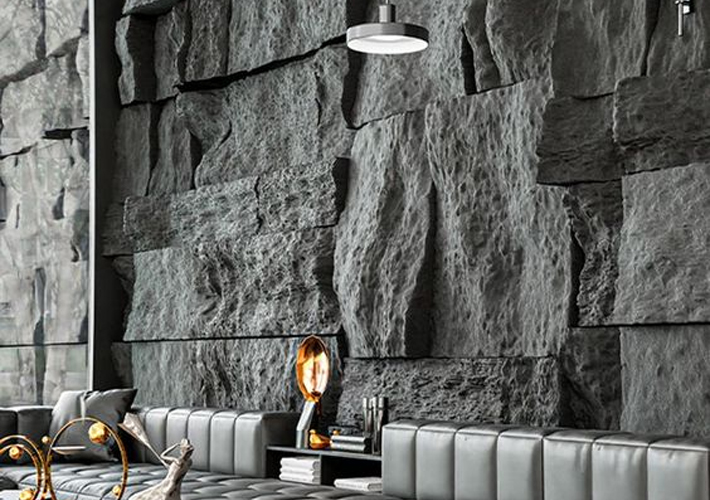
Comparative Analysis
A comparative analysis of different types of faux stone panels reveals price variations based on material, brand, and regional factors. For example, polyurethane-based panels tend to be more expensive than polystyrene options, reflecting the differences in manufacturing processes and material properties. Additionally, regional pricing disparities can arise due to local demand, transportation costs, and market competition.
Future Projections
Experts predict that the prices of faux stone panels will continue to evolve in the coming years. Factors such as technological advancements in manufacturing, shifts in consumer preferences towards sustainable materials, and potential regulatory changes will play a crucial role in determining future pricing trends.
Conclusion
Understanding the price trends of 4 x 8 faux stone panels is essential for stakeholders in the construction and design industries. By keeping abreast of market dynamics and price fluctuations, manufacturers, suppliers, and consumers can make informed decisions that align with their needs and budget.

